5 Powerful Shoulder Exercises That Will Double Your Shoulders
I am sure that experienced athletes who understand the issue of periodization of training, the biomechanics of movements and the theory of building specialized micro- and mesocycles had a smile on their faces when they read the title of the article. Because there is no most powerful or best exercise. There are more effective and less effective movements, but it is not the exercise itself that is much more important, but how it is combined with others within the framework of a weekly cycle.
Less experienced in matters of sports people continue to look for magic exercises, magic powders and witchcraft pills that will allow you to quickly achieve results. Unfortunately, there are none. On the other hand, if you approach the issue reasonably, you can really improve the shape of the deltas and achieve a significant increase in their volume over a very modest period. It took me eight months. After a year and a half, the deltas turned from a lagging one into a dominant muscle group.
Below I will tell you the principles that will help you intelligently build a training program with an emphasis on shoulder development. And, of course, I will show the heels of the most effective exercises for this.
Two main mistakes hindering the development of mighty deltas
First mistake
Incorrect exercise technique. Therefore, pay special attention to their description below and on the video - I picked up the highest quality videos.
Because of the curve of technique, people load anything, but not the shoulders. Trapeze, back, arms, overload the shoulder joints. In the first three cases, the load is ineffective - too little weight for these muscles or the wrong vector of movement. And the result of the last case will be an injury that will set you back a month and a half in training.
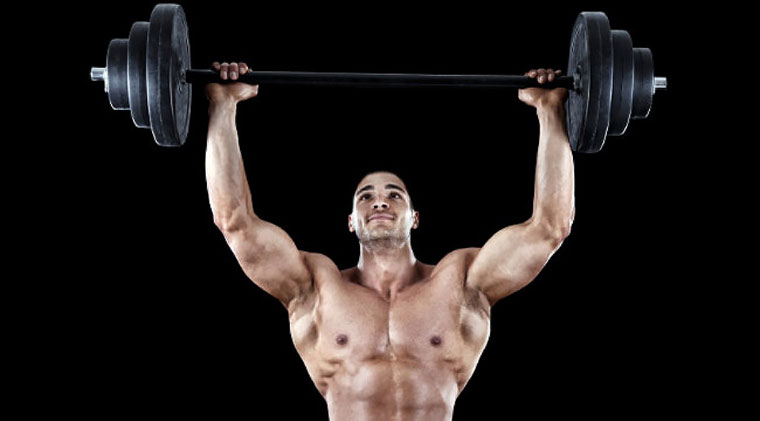
Looks at the bar, "bear grip" - all this will end badly
In addition, here it is worth mentioning frankly dangerous exercises that can severely damage the shoulder joints. A separate article has been written about this - be sure to read:
Second mistake
Too much load on the deltas, due to which they do not have time to recover. After all, these are small muscle groups that work in almost all traction and pushing movements during chest and back training.
Let's recall one of the variants of the classic split:
- chest + back
- Arms + deltas
During the training of the chest, you properly loaded the front bundles of the deltas. And working on the back, they additionally swung the rear bundles of deltas. A day later, again thoroughly load the same muscles, but 48 hours are too short to restore them. The muscles are not yet ready for serious work, which is why strength results do not grow and, as a result, muscle volume does not grow either.
Moreover, the hands are also well loaded during chest and back training. It turns out a double blow to all small muscle groups.
Let's add the wrong exercise technique to this whole batch and we will get problems with the development of deltas (and hands too) in those for whom these muscle groups are not dominant by nature.
Most Effective Shoulder Exercises
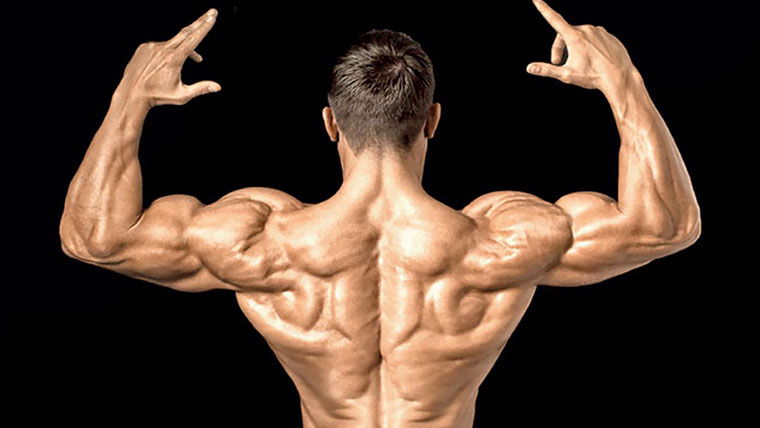
There are a lot of all kinds of exercises for the development of deltas (the shoulder, in fact, is part of the arm from the delta to the elbow, and the deltoid muscle is the same ball of three bundles that you want to develop). You can work with blocks, with dumbbells, with a barbell, not to mention dozens of specialized simulators.
Below I will give the most effective movements in my personal opinion, which is not the ultimate truth. It was these movements that I used to work out the deltas to their current state (photo at the end of the article).
First, some theory. Delta consists of three beams. Front, middle and back. The front is responsible for pushing movements, the rear - for pulling. The middle delta is partly involved in both cases, plus when moving the arms to the sides.
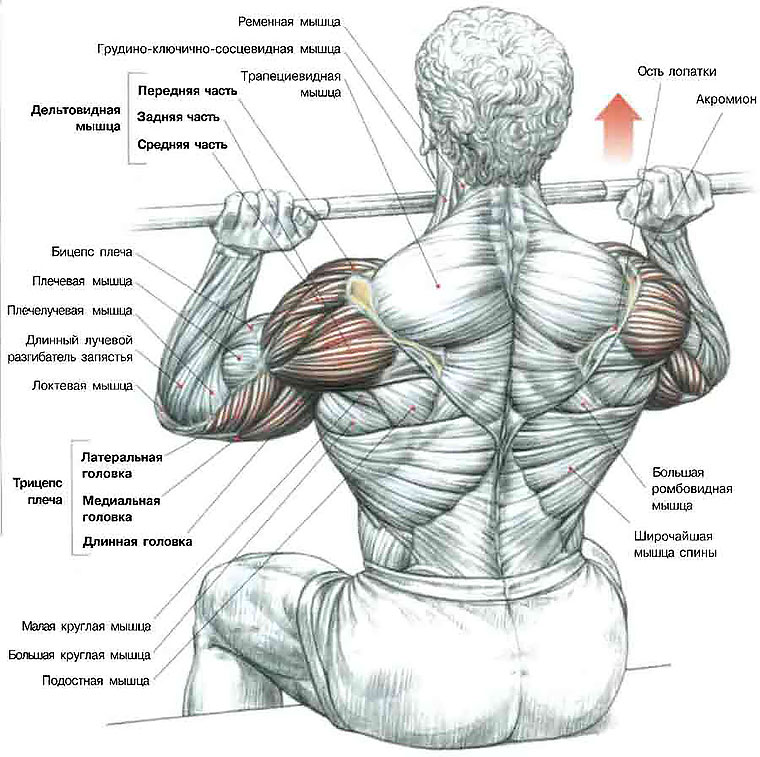
In fact, for the effective development of deltas, two basic exercises are enough - pressing and traction.
There are enough bench movements in strength training for any person - all the guys love to bench press, decently loading the front delta. But with traction movements they hose. And if they do pull the bar to the chin, then in most cases it is wrong, loading the trapezoid and injuring the shoulder joint.
As a result, we see a situation where the anterior delta is more or less developed, and the posterior one is absent altogether. Let's fix the situation.
Army bench press (bench press standing)
An excellent basic exercise for the development of the front delta, which partly involves the middle beam too. The grip width is medium, that is, you take the bar slightly wider than your shoulders. Take too wide - part of the load will be stolen by the chest, too narrow - overload the triceps, which will fail before the delta works well.
My personal advice - I do not recommend lowering the bar below the level of the chin, so as not to give a breaking load on the joint. Even if the flexibility allows you to lower the barbell to your chest, you should not tempt fate. The risk of injury does not justify additional stretching of the muscle for its supposedly better growth.
Note that the military press is also a good core workout.
Variant of the exercise from Yaroslav Brin:
A good alternative from Denis Borisov (just do not bend your hands back, the bar should lie on the base of the palm, and not on the pads, so as not to injure the brush):
And another interesting option from Adam Kozyra:
Dumbbell press sitting or standing
An alternative to the military press, if you do a standing dumbbell press. In the case when there are difficulties with the lower back and a large compression load is undesirable, you can do the dumbbell press while sitting with a slight inclination of the bench (80 °).
Of the features, I will only note the moment where it is necessary to lower the dumbbells - to the level of the ears or so that the angle between the shoulder and forearm is 90 °. Lower lower - create a breaking load on the shoulder joint. Also, do not forget that the dumbbells lie on the base of the palms, and not on their pads (corns).
Variant of the exercise from Denis Borisov:
And from Yaroslav Brin:
Barbell row to the chin (to the chest)
The second basic movement is for the development of deltas, in particular the middle and rear bundles. The main mistake is to do this movement, holding the neck with a narrow grip, and then pull it higher, lifting your elbows almost over your head. In this case, you injure the shoulder joint and force the trapezoid to work, but not the deltas.
The most effective version of the exercise is shown in the video below (wide grip, slight forward lean, pull to the chest, elbows do not rise above the level of the deltas):
Mahi (breeding) with dumbbells standing
An excellent option for additional study of the middle bundle of deltas, but subject to the correct execution of the exercise. To avoid mistakes, carefully watch the video:
Leads back in the Butterfly simulator (plus swings in the slope)
A couple of additional exercises to work out the rear bundles of deltas will not hurt, since this group is most often lagging behind in development.
In the abduction in the Butterfly simulator, it is important to move your shoulders forward and work inside the amplitude (it is very short) so as not to involve the back muscles:
As for the dumbbell swings in the slope, it is similar: we bring the shoulders forward, we “smear” the trapezoid along the back, we work inside the amplitude (the elbows do not rise above the level of the deltas):
How to intelligently build a microcycle for the development of deltas
If you are new, then with an emphasis on deltas, you can not bother at all. Work in FullBody mode and your shoulders will develop great on presses and deadlifts. It is enough to include an army bench press, a barbell row to the chin in the program and alternate these exercises in two basic blocks. I gave an example of such blocks in the first episodes of the BeardyBuilding podcast and in .
If you already have a couple of years of training experience, but the deltas are still lagging behind in development, here is a basic scheme for how to cheer them up. She helped me personally.
Four day split:
- Monday: legs (3-4 exercises).
- Tuesday: chest (2-3 exercises) + front delta (1-2 exercises - military bench press or dumbbell press, lifting dumbbells in front of you with a hammer grip).
- Wednesday: relaxation.
- Thursday: back (3-4 basic exercises) + rear delta 1 exercise (any choice from the above).
- Friday: triceps (two exercises) + biceps (1-2 exercises, after all, when working on the back, he was already loaded) + average delta (2 exercises - pulling the bar to the chin, swinging the dumbbells to the sides).
The meaning, I think, is clear - along with the chest, the front delta is well loaded and it is enough to finish it off with 1-2 exercises. The back delta is loaded along with the back and one exercise at the end is enough to finish it off. Plus a couple of exercises for the middle delta on the day of the hands.
3 day split
If you don’t have the time or desire to do four strength training sessions a week, then add one basic triceps exercise on chest day. For example, close grip press or French press. On back day, add one or two biceps exercises (PSB and/or Incline Bench Dumbbell Curl). On leg day, after training the lower body, do exercises on the middle delt (pull bar to the chin and swing dumbbells while standing).
Specialized version of the micro cycle with an emphasis on the upper body
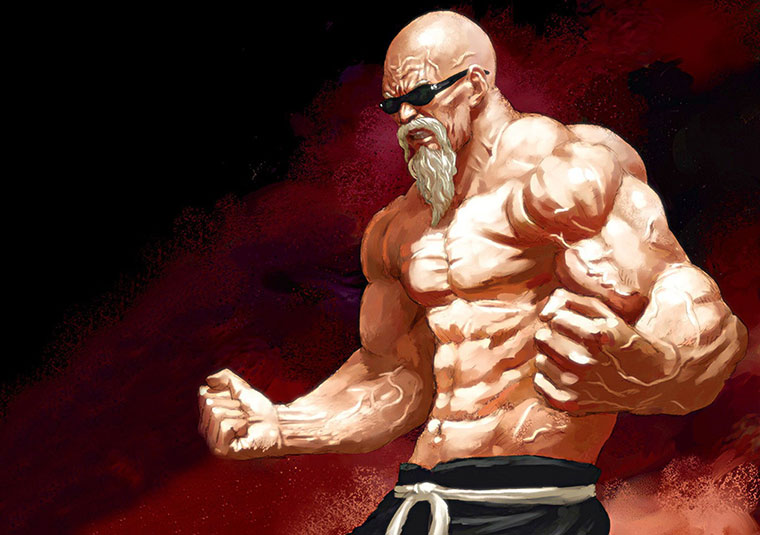
I practiced this option for four months from October last year to January of this year inclusive. The point is to visually increase the upper body without the need to especially increase muscle mass. To do this, we make the back more bumpy (emphasis on training its inner part), outstanding trapeziums, more powerful deltas, plus chest ones.
Excellent specialization is obtained if the desired muscle group trains a couple of times a week. In my case, I did four strength training sessions a week, in which I separately worked out the thickness (tuberosity) and width of the back, hollowed out the deltas a couple of times and a couple of times the chest ones. The exercises below are just an example, you can use any of your choice. Two or three warm-up approaches, two workers.
Monday (chest + trapezium + deltas):
- Two chest presses for 10-12 reps (eg barbell bench press, 30° dumbbell press, or hummer press).
- Dumbbell or Barbell Shrugs (15-20 reps) + Chest T-Row or Lever Row (10-12 reps)
- Army bench press or standing dumbbell press.
- Traction in the block of the rope handle to the chest.
Tuesday (Legs + Abs):
- 3-4 leg exercises for pumping all muscles (barbell squats, leg extensions, deadlift, platform press, lunges - 8-12 reps) + (20-25 reps).
- Twisting and reverse twisting on the press (20-25 reps 3-4 sets).
- Neck (so as not to be skinny against the background of broad shoulders) - raising the head with a pancake on the forehead and / or on the back of the head.
Thursday (Back Width + Deltas):
- Three to four favorite exercises for the width of the back (pull-ups, deadlift or barbell/dumbbell rows, vertical block pull to the chest, pullover, etc. - 10-12 repetitions).
- Pull the bar to the chin and swing the dumbbells to the sides (10-12 reps, swings can be 12-15 reps).
Friday (arms + chest for tone):
- One severe basic chest exercise for three working sets of 12-15 times. In my case, it was chest push-ups from the bars with a weight on the belt.
- A couple of basic biceps exercises (for example, PSB, sitting dumbbell curls) + a couple of basic triceps movements (close grip press, French press, extension in a block, etc.) for 10-12 reps.
Briefly about the main
The leitmotif of the article is not just to give some basic scheme for work, but to teach the principles of effective development of certain muscle groups.
In particular, success depends both on the correct exercise technique and on the reasonable construction of the microcycle so as not to overload one or another muscle group. Use muscle training assistants (synergists) if you want to save time and at the same time not overload the body. Or intelligently cycle training for muscles that are not related to each other in any way, if you want to work them out as efficiently as possible within the framework of one workout. Moreover, in this case, it is advisable to take one large muscle group and one small one. Let's say chest and biceps, back and triceps, etc.
Developing a beautiful, athletic body is not as easy as it seems. Here you have to think. At least if you want to progress, and not stagnate for years.





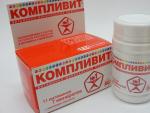
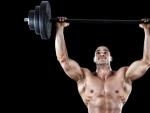
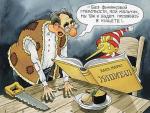
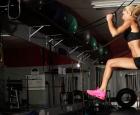 Fat Burning Cardio: Benefits, Program Options, Helpful Tips
Fat Burning Cardio: Benefits, Program Options, Helpful Tips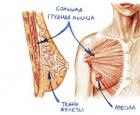 7 most effective exercises for breast lift at home - a complex for women and girls
7 most effective exercises for breast lift at home - a complex for women and girls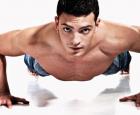 How to pump up at home in the shortest possible time?
How to pump up at home in the shortest possible time?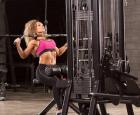 Technique and important tips for doing the exercise
Technique and important tips for doing the exercise